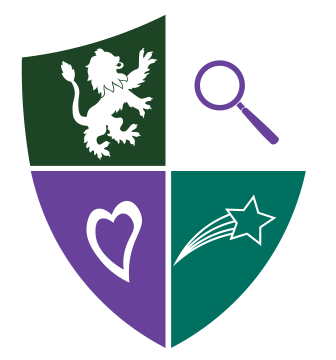Curriculum
Summer Term - Our topic this term is 'Marvellous Minibeasts'
We will embark on a journey to explore the wonderful world of small creatures that live all around us. From the fluttering wings of butterflies to the busy buzz of bees, minibeasts are everywhere, and they play an incredibly important role in keeping our planet healthy and balanced. In this topic, you will become naturalists—scientists who study the living world—and conservationists—people who work to protect the environment. You’ll learn about the different types of minibeasts, where they live, what they eat, and how they help our world thrive.
Becoming Naturalists: Exploring Minibeasts
As we dive into the world of minibeasts, we will explore the different categories of small creatures, such as insects, spiders, and other tiny animals. You will have the chance to observe and identify these creatures in the school grounds, at home, and in local parks. Through hands-on activities like bug hunts, we’ll be looking for ladybirds, worms, ants, and more, and learning how they interact with their environment. Through our work in science all about food chains, you’ll also find out how important these creatures are for pollination, decomposing waste, and providing food for other animals. Each minibeast is like a little puzzle piece in nature, and by studying them, you’ll understand how everything in nature is connected.
As we learn about minibeasts, we will also look back in time at one of the greatest naturalists in history—Charles Darwin. Darwin was a scientist who travelled on a ship called The Beagle to explore faraway places like the Galapagos Islands. It was there that he observed different animals and minibeasts, and he noticed how each one had special features that helped it survive in its environment. Darwin’s discoveries led to the idea of evolution—the way animals and plants change over time to adapt to their surroundings. By studying Darwin’s work, you will begin to see how small creatures, like minibeasts, are always changing and adapting, just like the world around them. We will develop our close observation skills through drawing animals in our art sessions, and study plants and flowers closely by looking at the paintings of Georgia O’Keefe.
In our understanding the world lessons, we will focus on the importance of protecting our oceans and seas. The world’s oceans are home to many wonderful creatures, including minibeasts that live in the water. We will learn about the seven seas and the oceans that cover most of our planet, from the Atlantic Ocean to the Pacific. But our oceans are facing many threats, including pollution and plastic waste. You’ll learn how humans can help save the seas by reducing waste, recycling, and protecting marine life. You will also discover how minibeasts in the sea, like tiny crabs, shrimp, and plankton, are vital to the health of the ocean ecosystems.
As we explore the world of minibeasts and oceans, through our Eco-curriculum we will learn how we can become conservationists. This means looking after the environment and helping to protect all living creatures, big and small.
Through Marvellous Minibeasts, you will gain a deeper understanding of the natural world and your role in preserving it. Let’s get ready to learn, explore, and take care of our environment!
